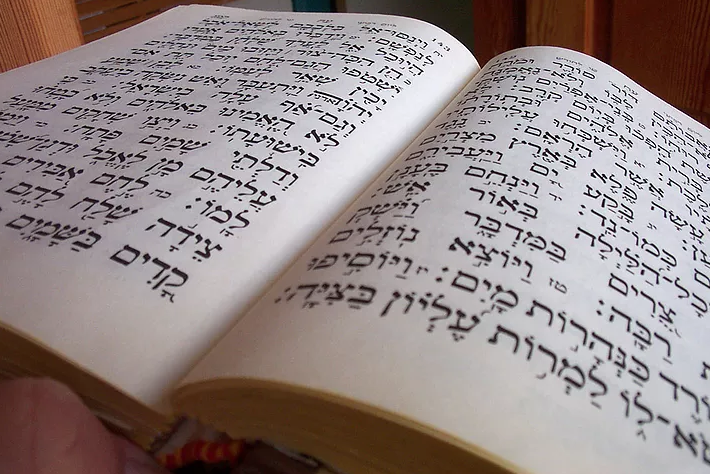Why does the TLV use “ADONAI” instead of “the Lord”? What is the difference?
“Shalom,” for example, is an English transliteration of a Hebrew word sounding the same. “Peace,” however, is a way that the word is translated. I mention this because “ADONAI” is a transliteration for a Hebrew word meaning “Lord.” “ADONAI” thus equals “Lord.”
Though this question is limited to why we use “ADONAI” instead of “Lord,” I’ll here answer it and address a broader question: Why are we limited in our usage of transliterations? I raise this because we could have done it a whole lot more, with other words besides.
Wanting to accentuate the Jewish connection to the Jesus story, the TLV uses Jewish language–thus “ADONAI.” It gives the reader more of a feel for the Hebraic culture from which the biblical narrative emerged. In addition to accentuation, we’re interested in education. I say this because too much transliteration is adjudged by us to be problematic, based on a belief the verbiage can obscure the message, somewhat.
Against the backdrop of the above, we were selective on what words we wanted to transliterate, and “ADONAI” was one.
Recommended Posts

Torah Time: Korach
June 20, 2017

Torah Time: Sh’lach
June 14, 2017

The Hebrew Bible and its Reading Schedule
June 6, 2017